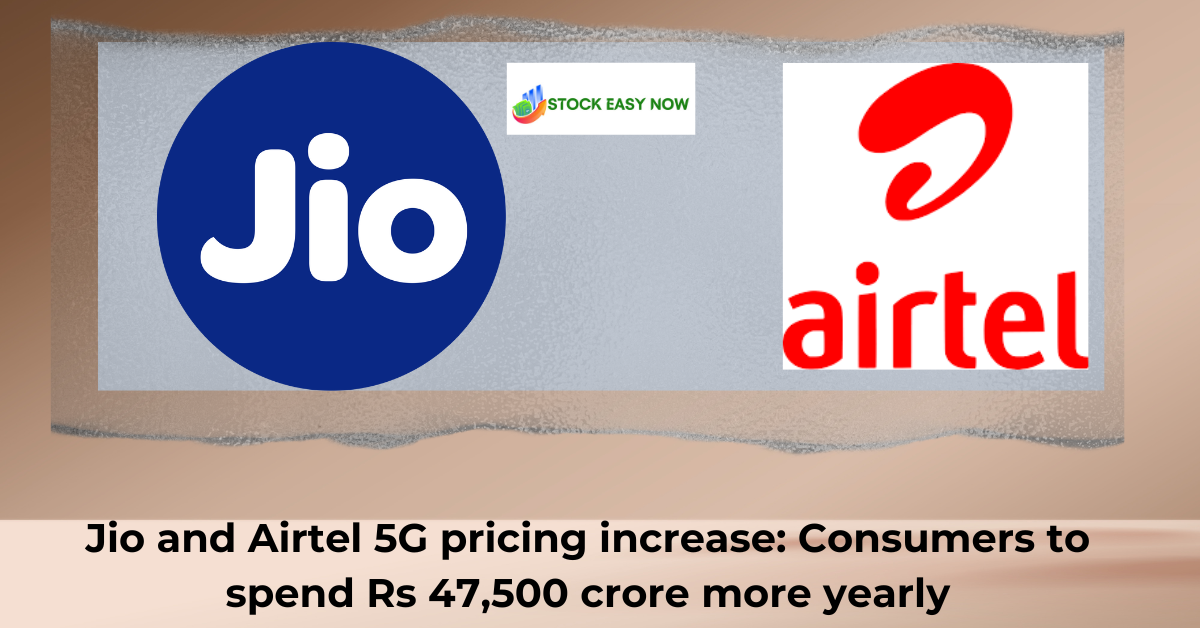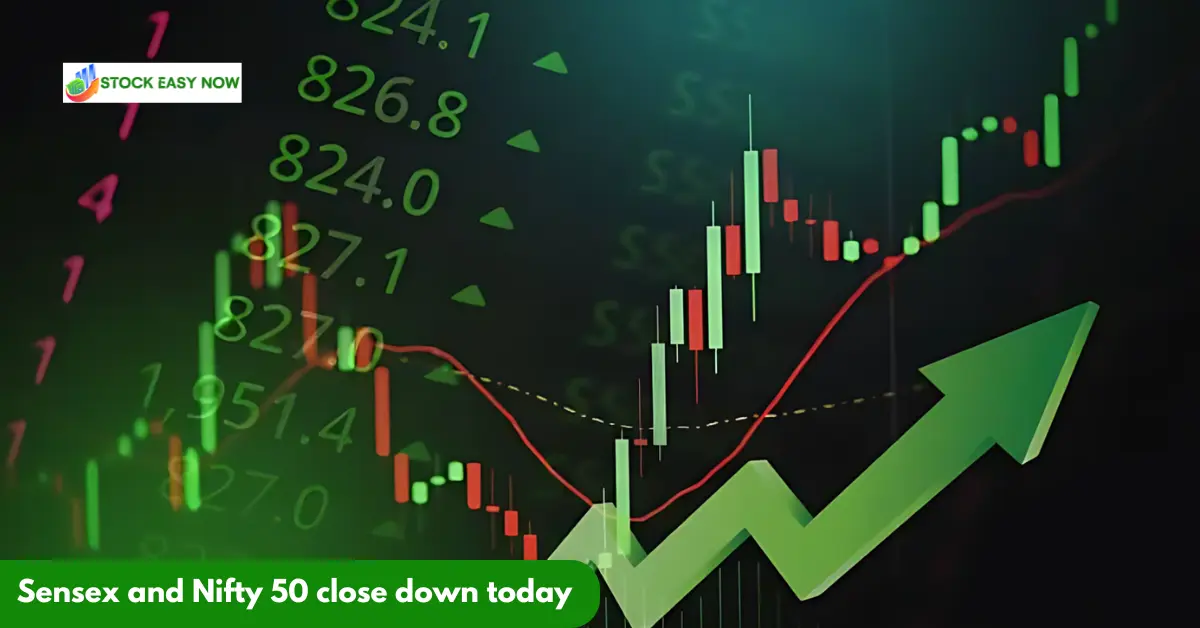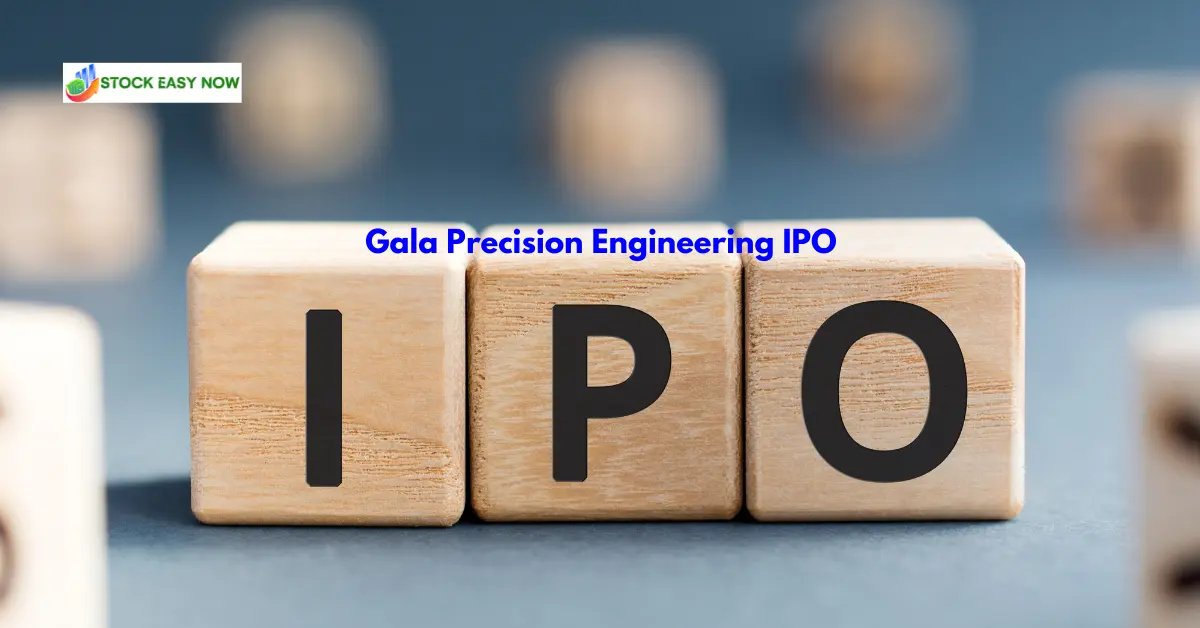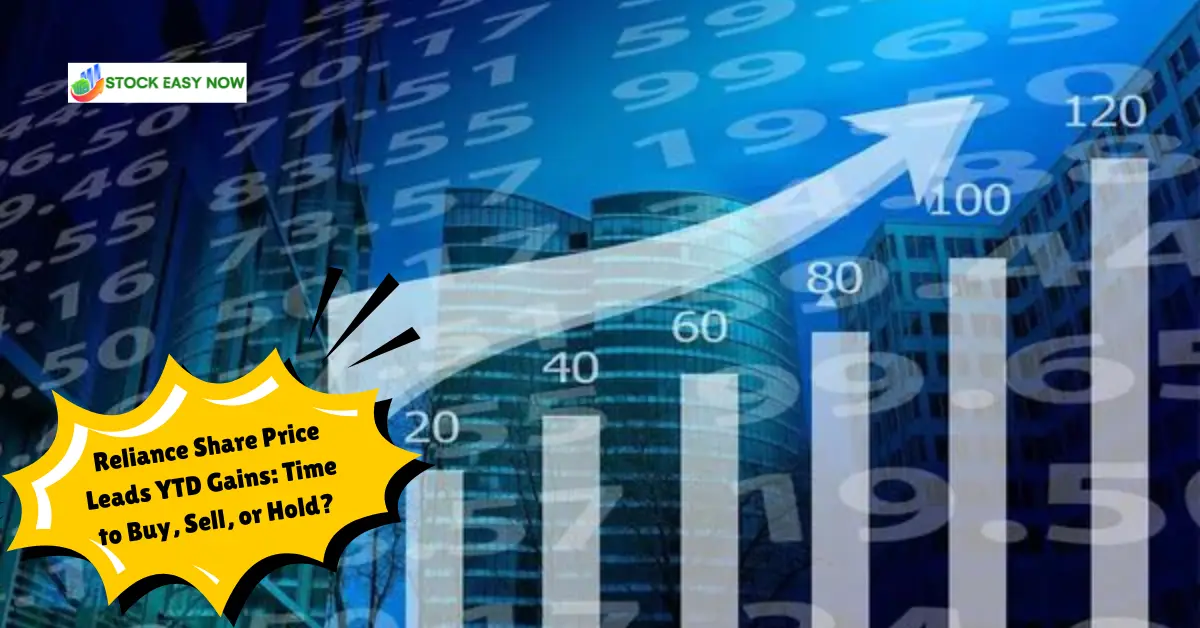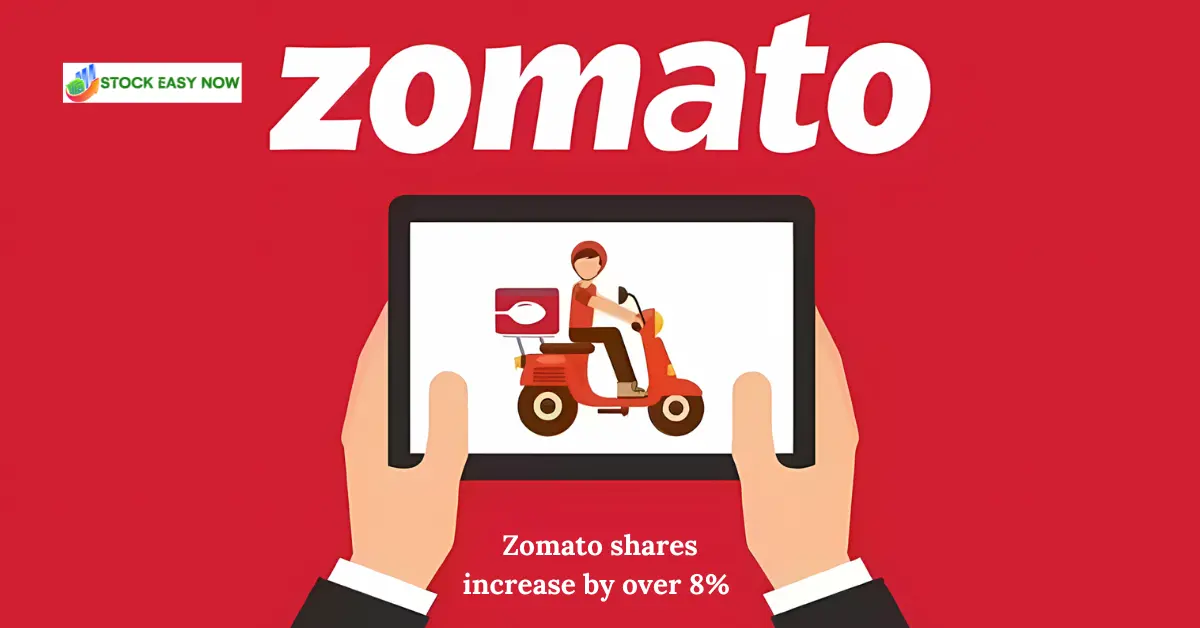Jio and Airtel 5G: Consumer spending on telecom services, including taxes, is projected to increase by approximately Rs 47,500 crore annually due to significant tariff hikes from India’s major telecom companies and higher rates for 5G services, as reported by The Economic Times (ET).
Reliance Jio and Bharti Airtel have implemented substantial cost increases to effectively monetize 5G. Jio users now experience a 46 percent rise in the minimum charge for 5G access, while Airtel users face an even steeper 71 percent hike, according to ET sources.
Both telecom giants have adjusted their entry-level pricing thresholds for 5G adoption. Jio’s minimum tariff for unlimited 5G data now begins at Rs 349 for a 2GB/day plan, up from Rs 239 for a 1.5GB/day plan. Similarly, Airtel users must now choose a Rs 409 plan, which offers 2.5GB/day, instead of the previous Rs 239 plan that provided 1.5GB/day.
Analysts expect these price hikes to boost Jio and Airtel’s Average Revenue Per User (ARPU) by 15-17 percent. Citi Research projects Airtel’s ARPU to increase to Rs 235/270/305 by FY25/26/27, up from Rs 209 in Q4 FY24, following the recent tariff adjustments. Goldman Sachs estimates that Jio’s tariff revisions could lead to a 17 percent increase in ARPU.
Last Friday, Bharti Airtel implemented tariff hikes ranging from 11 percent to 21 percent across its prepaid and postpaid platforms. This was quickly followed by market leader Jio, which raised tariffs by 12 percent to 25 percent. Vodafone Idea (Vi) also joined in, increasing rates by 10 percent to 23 percent. Despite not offering 5G services, Vi is expected to see a 12-15 percent rise in ARPU due to these adjustments.
“Annual customer spending on telecom services could potentially rise by Rs 47,500 crore after the tariff hikes, particularly with Jio limiting unlimited 5G data allowance to 2GB/day and above plans compared to the previous Rs 239 for 1.5GB/day and above plans,” stated Kotak Institutional Equities in a research note.
Analysts also predict that Jio and Airtel’s aggressive pricing strategies will push heavier data users to upgrade to higher-tier plans, facilitating the long-awaited monetization of 5G services. They noted that while differential pricing for 5G is not yet common, the current approach of encouraging users to upgrade with increased data allowances is driving monetization efforts.
Goldman Sachs estimates that if 10 million Jio subscribers switch from the old Rs 239 plan to the new Rs 349 plan, it could potentially add Rs 400 crore annually to the company’s EBITDA. As of March 2024, Jio’s 5G user base was 108 million.
Recent statements from Bharti Airtel’s Gopal Vittal and Vi’s Akshaya Moondra emphasized the need for India’s telecom pricing structure to align with global practices, where users pay based on data consumption levels rather than a uniform rate.
Analysts from CLSA expect that the new tariffs introduced by Bharti and Jio will drive increased spending, resulting in significant ARPU growth, despite potential risks of down-trading and subscriber attrition.
However, analysts believe the recent tariff adjustments are unlikely to prompt major SIM consolidation, as a significant portion of consolidation has already occurred, and user loyalty to data services remains strong.
Nomura Research highlighted the robust competitive structure of India’s telecom market, with three major players. They forecast improved free cash flow generation and return ratios for industry participants as they focus on value creation and investment monetization.
Also Read: Sebi
Looking ahead, Goldman Sachs predicts compound annual revenue growth rates (CAGR) of 15-20 percent for both Jio and Airtel over the next three years, along with 25-30 percent EBITDA growth, assuming further tariff revisions.
BNP projects that Jio will gain more from its tariff adjustments compared to Airtel, forecasting revenue growth of 18 percent for Jio and 17 percent for Airtel in FY25.

